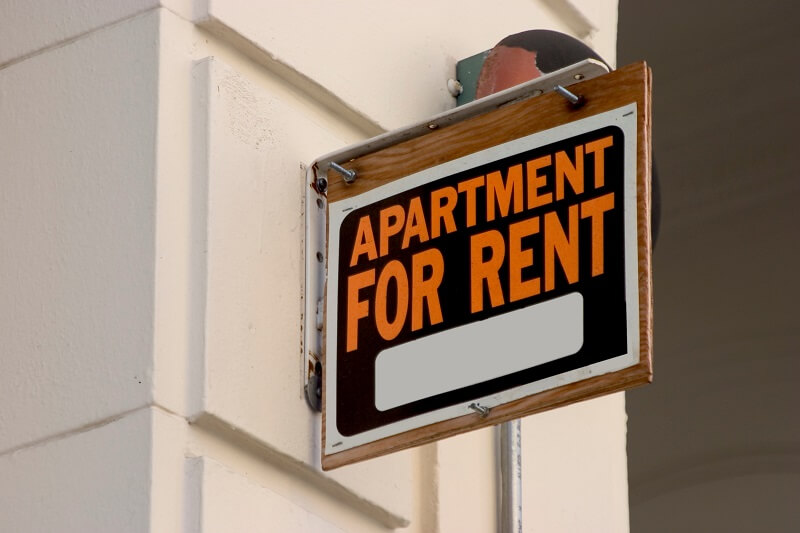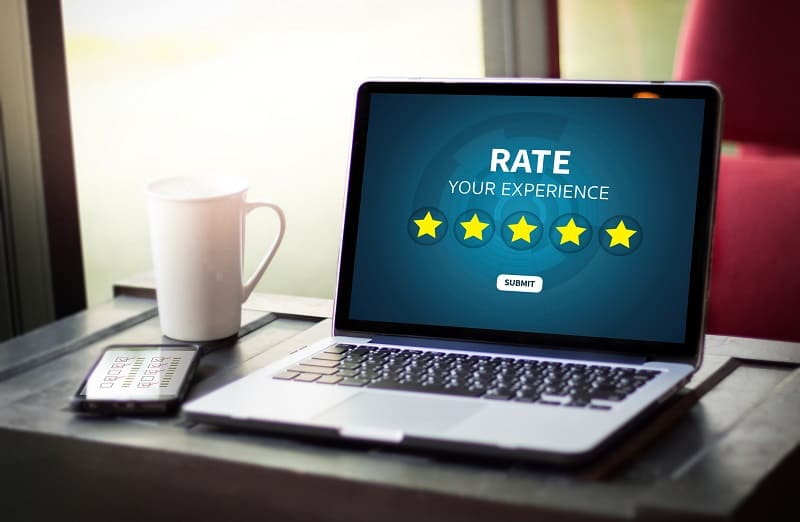In the real estate industry, scaling marketing efforts for large multifamily portfolios starts with the foundation of a well-built, scalable website. A one-size-fits-all approach won’t cut it when it comes to managing multiple properties. This is because each community has unique offerings, pricing structures, and availability that need to be updated in real time.
A strong multifamily website scalability strategy can be useful. A well-designed website must look great and perform at scale. Scalability enables leasing teams to market and manage their communities without technical headaches.
In this guide, we’ll break down what it takes to build a scalable multifamily website that grows with your portfolio. Whether you’re adding new properties, handling high traffic, or optimizing leasing efforts, the right digital strategy will keep your business running smoothly.
How to Build a Strong Technical Foundation for Scalability?
A website built for growth requires a solid structure. The backbone includes the architecture, hosting, and performance optimization.
Website Architecture
Scalable website architecture is like a well-planned city. It should be designed to grow without losing efficiency. There are two primary approaches in this case:
- Monolithic architecture: A single system that handles everything in one place. While it is simple to manage at first, it struggles to scale efficiently as complexity increases.
- Microservices architecture: A modular approach where different functions, such as community listings, user accounts, and payments, operate independently. This allows for easier updates and better performance across multiple properties.
Microservices are the preferred choice for large portfolios because they allow independent scaling. If one part of the website experiences high traffic, like an availability search tool, it won’t slow down the entire platform.
Cloud Hosting & Load Balancing for High Performance

A scalable multifamily website should never crash when traffic spikes. Your cloud hosting solutions should ensure that server resources adjust automatically based on demand. Load balancing further distributes incoming traffic, preventing overload on any single server.
For large portfolios, website performance optimization is crucial. A slow site leads to high bounce rates, meaning fewer conversions. Caching systems, along with Content Delivery Networks (CDNs), guarantee that property listings, images, and interactive tools load quickly across different locations.
How to Enhance User Experience & PMS Integration?
A good website should be simple to use, and a smooth property management system integration makes sure everything stays up to date.
User-Centered UX Design
A scalable website should also focus on usability. Leasing prospects need a seamless browsing experience to navigate floor plans, schedule tours, and apply online. Strong UX design for apartment websites includes:
- Mobile-first design: More than 70% of apartment searches happen on mobile devices. A responsive, easy-to-navigate site is a must.
- Intuitive navigation: Menus should be clear, and important actions, such as ‘book a tour’ and ‘check availability,’ should be easy to find.
- Fast-loading property pages: High-resolution images (gallery) and interactive maps should be optimized for speed.
Property Management System (PMS) Integration
A scalable website must communicate directly with property management system platforms like Yardi, RealPage, and Entrata. Without integration, leasing teams must manually update pricing and availability across multiple platforms. This process can be inefficient and error-prone.
PMS integration facilitates updates in real time so that potential renters always see accurate information. This efficiency enhances the user experience, leading to higher conversion rates.
Interactive Features
Modern multifamily websites need more than just static listings. Leasing conversion strategies rely on interactive tools that engage renters and move them through the leasing funnel. Some must-have features include:
- AI-powered chatbots to answer leasing questions 24/7.
- Virtual tours that allow prospects to explore floor plans before visiting.
- Self-scheduling tools for booking in-person or virtual tours.
Scaling Marketing Efforts for Large Multifamily Portfolios
Once the technical foundation is solid, it’s time to focus on scaling marketing efforts to reach more potential renters efficiently.
SEO & Content Strategy for Maximum Visibility
A scalable website must be easy to find. Multifamily digital marketing depends heavily on strong SEO strategies to attract organic traffic. Some key tactics include:
- On-page SEO: Optimized headings, meta descriptions, and structured data markup.
- Local SEO: Creating location-based landing pages for each property.
- Blog Content: Writing about neighborhood insights, moving tips, and leasing FAQs.
Paid Advertising & Retargeting for Leasing Success

Scaling digital marketing also involves paid campaigns. Geo-targeted PPC and social media ads ensure that the right audience sees each property’s ads. Retargeting campaigns bring back visitors who didn’t convert the first time, reminding them to apply or book a tour.
Automated Email & SMS Marketing for Lead Nurturing
Not every lead converts immediately. That’s where automation comes in. Email and SMS campaigns can follow up with prospective renters with:
- Exclusive leasing specials and promotions.
- Reminders to complete applications.
- Notifications for new availability updates.
Security, Compliance & Ongoing Optimization
Even the best websites need continuous improvements, security updates, and compliance checks.
ADA Compliance & Fair Housing Standards
A website for a large portfolio must be inclusive. That means meeting ADA compliance guidelines such as:
- Screen reader accessibility for visually impaired users.
- Keyboard navigation for users who can’t use a mouse.
- High-contrast design for better readability.
Cybersecurity Measures for Large Multifamily Websites
Security should never be an afterthought. A scalable website must protect user data, especially when handling applications and payment processing. Important measures include:
- SSL encryption to secure sensitive data.
- Firewalls and regular security audits to detect vulnerabilities.
- Multi-factor authentication (MFA) to protect leasing portals.
Continuous Performance Monitoring & Optimization
A website is never truly “finished” because it must evolve. Tools like Google Analytics help track performance metrics, identify weak points, and improve conversion rates over time. A/B testing different layouts and CTAs also helps refine user experience and drive more applications.
Make Your Multifamily Website Scalable & Future-Proof
A scalable website should be a growth engine for multifamily portfolios. From scaling marketing efforts with SEO and paid campaigns to ensuring seamless PMS integration and UX design, every aspect of a scalable digital platform plays a role in leasing success.
At Primary360, we specialize in multifamily website scalability. We help property managers streamline their digital presence while maximizing leads. If you’re ready to upgrade your website to not only have an eye-catching design but also with scalable website architecture and optimized leasing conversion strategies, reach out to us today.




